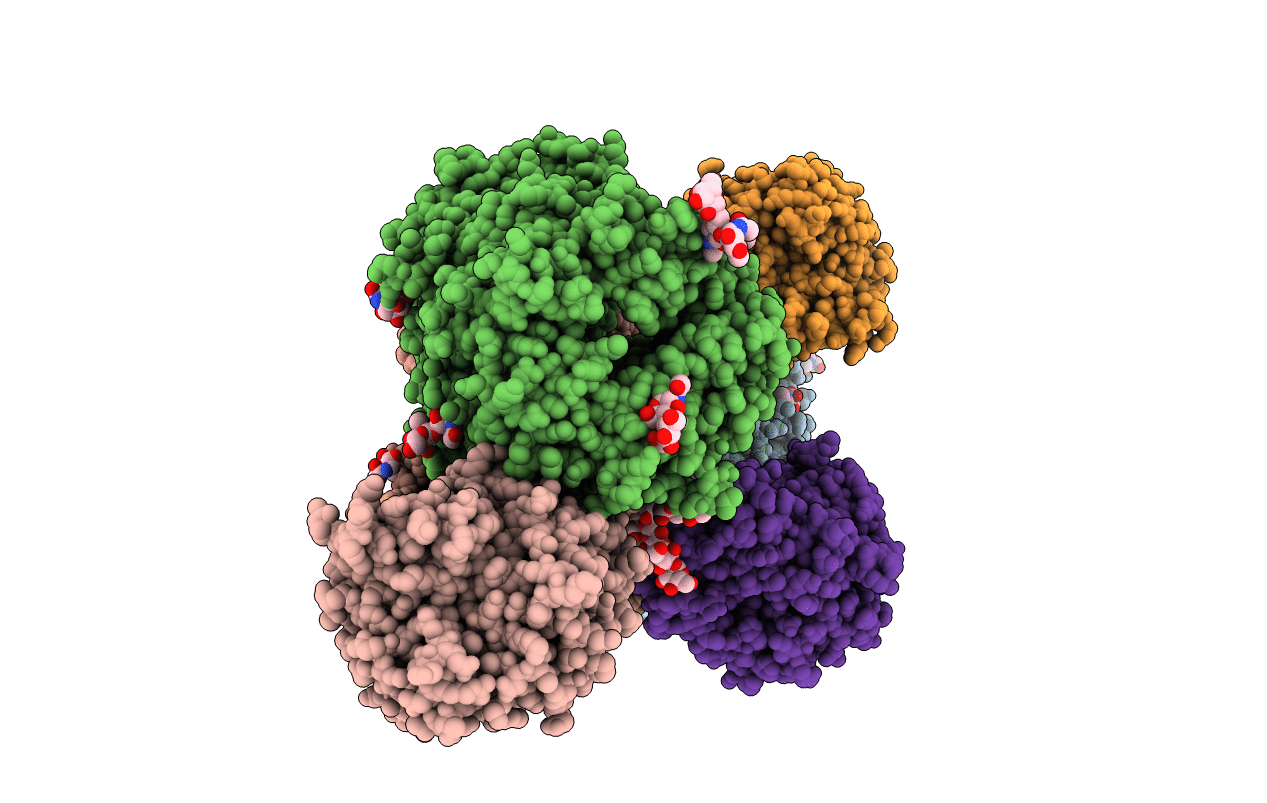
Deposition Date
2004-06-22
Release Date
2004-09-02
Last Version Date
2024-11-20
Entry Detail
PDB ID:
1W1I
Keywords:
Title:
Crystal structure of dipeptidyl peptidase IV (DPPIV or CD26) in complex with adenosine deaminase
Biological Source:
Source Organism:
HOMO SAPIENS (Taxon ID: 9606)
BOS TAURUS (Taxon ID: 9913)
BOS TAURUS (Taxon ID: 9913)
Host Organism:
Method Details:
Experimental Method:
Resolution:
3.03 Å
R-Value Free:
0.25
R-Value Work:
0.22
R-Value Observed:
0.22
Space Group:
C 1 2 1


